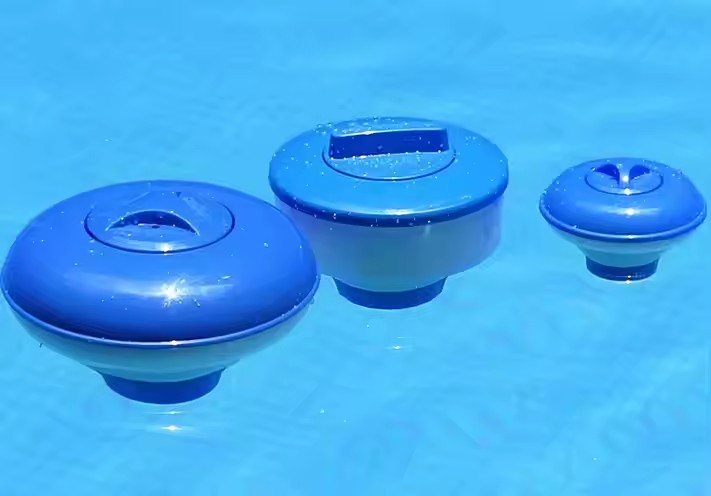In the realm of swimming pool maintenance, clarity and cleanliness are not just aspirations; they are essentials. Amidst the various technologies employed to achieve these objectives, the sand filter emerges not merely as a tool of purification but as a bastion of simplicity and efficiency in water treatment. This article embarks on a journey to unravel the workings of sand filters from a novel perspective, exploring the symbiosis of traditional filtration methods with modern environmental consciousness. How does a sand filter work?
Introduction
The dance of sunlight on the undulating surface of a swimming pool is a sight to behold, yet beneath this serene exterior lies a complex battle against contaminants. Here, the sand filter plays a pivotal role, a guardian that ensures the purity of the aquatic oasis. Traditionally viewed through the lens of its functionality—trapping debris and particulates—this exploration delves deeper, examining the sand filter as an eco-friendly steward of water resources.
The Genesis of Sand Filtration
The concept of sand filtration is no modern marvel; it is a testament to humanity’s ingenuity, tracing back to ancient practices of water purification. This section will explore the historical lineage of sand filters, from their rudimentary forms in ancient civilizations to their sophisticated incarnations in contemporary swimming pools. The evolutionary journey of sand filtration technology reflects a broader narrative of innovation and adaptation, offering insights into how ancient principles have been refined and reimagined to meet modern standards.
A Fusion of Simplicity and Science
At its core, a sand filter is a marvel of simplicity. It operates on a straightforward principle: water is propelled through a bed of sand, where fine particles are trapped, allowing clean water to percolate through. Yet, within this simplicity lies a complex interplay of physical and chemical processes. This section will dissect the mechanics of sand filtration, illuminating the scientific principles that underpin its operation. From the granularity of the sand to the dynamics of water flow, every aspect is optimized to create a harmonious balance between efficiency and effectiveness.
The Heart of the Filter: Media and Material
Central to the sand filter’s function is the filter media, traditionally composed of silica sand. This choice is not arbitrary; silica sand’s physical properties—its size, shape, and hardness—make it an ideal medium for trapping contaminants while allowing water to flow freely. This segment will delve into the criteria for selecting filter media and how variations in sand characteristics can influence the filter’s performance. Furthermore, it will explore alternative media that have emerged, offering enhanced filtration properties or catering to specific environmental considerations.
The Dynamics of Water Flow
The journey of water through a sand filter is a fascinating study in fluid dynamics. The design of the filter, from the arrangement of the sand to the configuration of the inlet and outlet, is meticulously crafted to maximize filtration efficiency while minimizing pressure loss. This section will explore the principles of water flow within the filter, examining how factors such as flow rate and pressure impact the filtration process. Advanced modeling and simulation techniques have shed light on these dynamics, leading to innovative filter designs that optimize water movement and enhance debris capture.

Beyond Filtration: The Environmental Paradigm
In an era where environmental sustainability has become a global imperative, the sand filter stands out not only for its filtration prowess but for its ecological attributes. This part of the article will explore the sand filter’s role in promoting sustainable water management practices. From water conservation through efficient backwashing to the reduction of chemical usage in pool maintenance, sand filters contribute to a more sustainable and environmentally friendly approach to swimming pool upkeep.
Water Conservation Techniques
Water scarcity is a pressing issue in many regions, making the efficient use of water resources a priority. Sand filters address this concern through innovative backwashing techniques and water-saving designs. This section will examine how modern sand filters are engineered to minimize water wastage, incorporating features such as automated backwash cycles and precise control mechanisms. These advancements not only enhance the filter’s performance but also contribute to the conservation of precious water resources.


